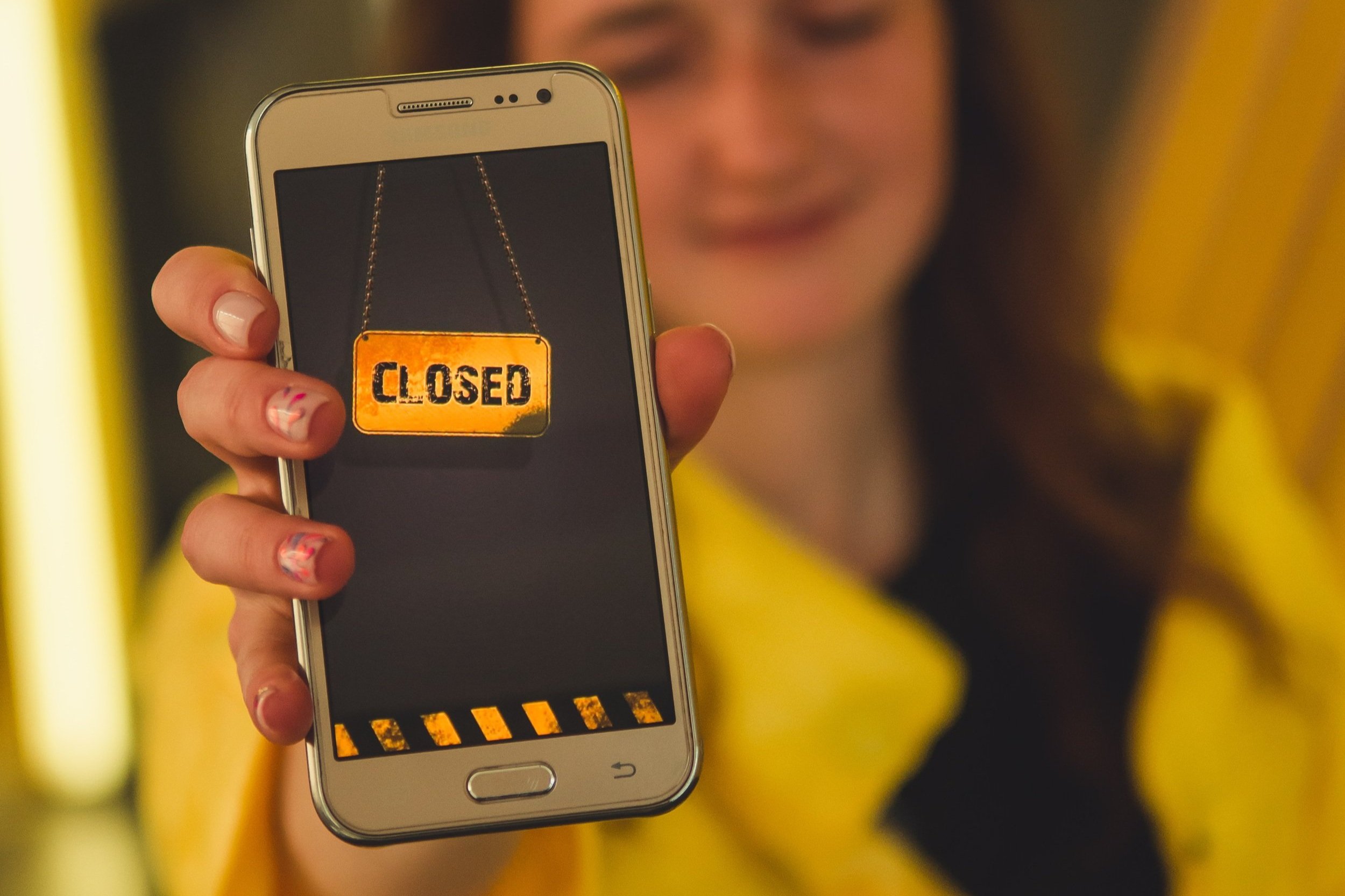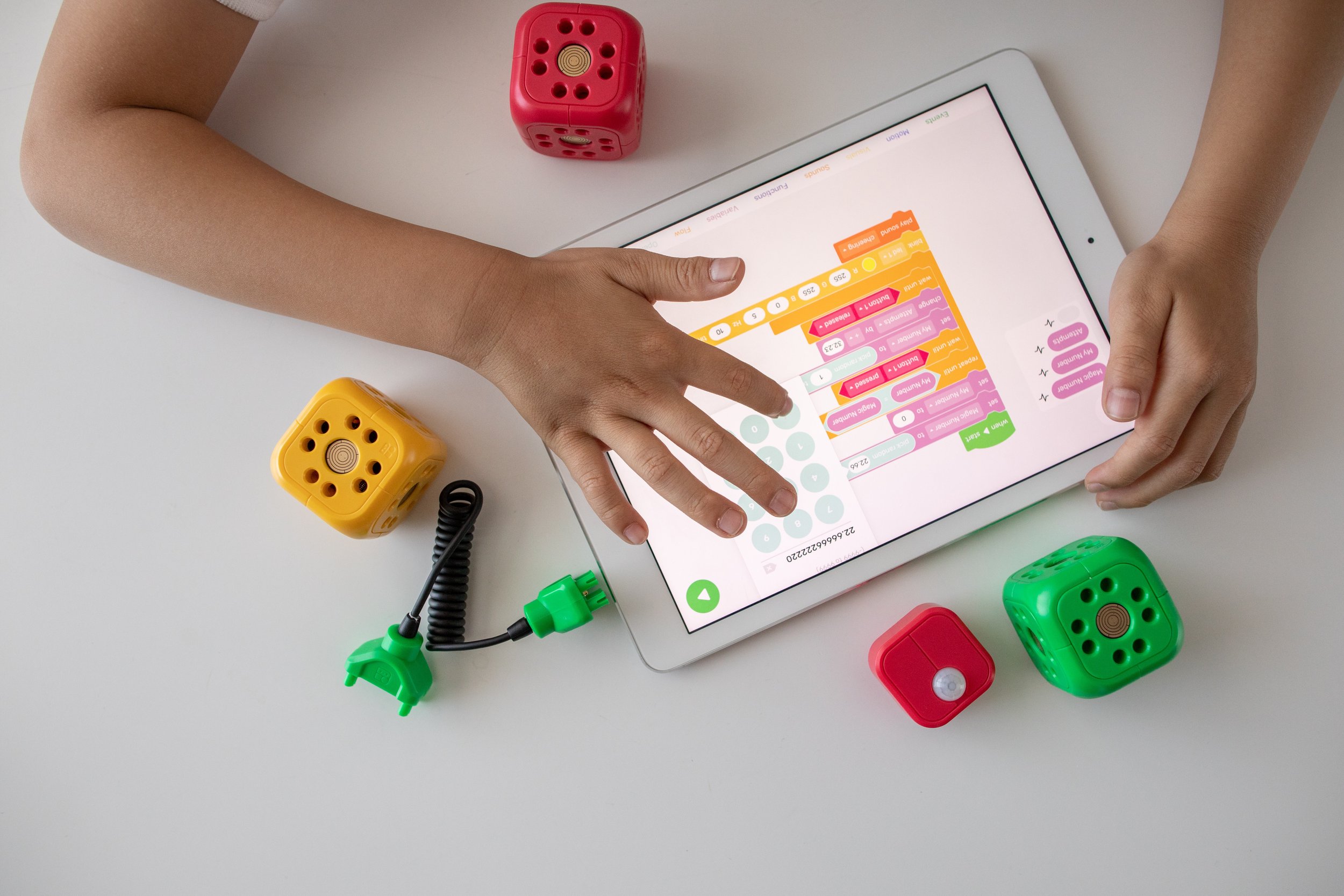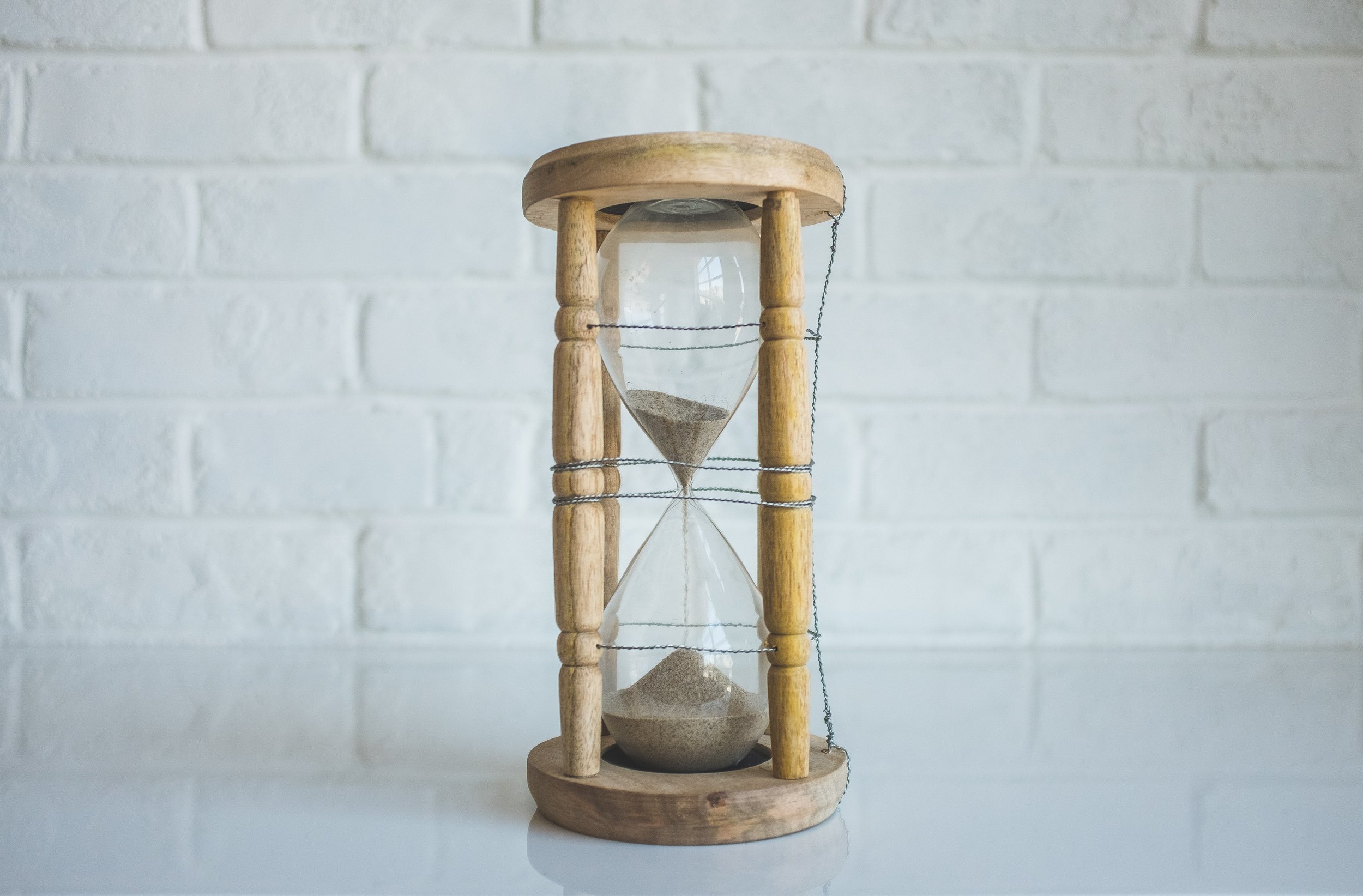5 Ways to chill out when math anxiety shows up
A few years ago, I was a contestant on the TV game show Canada’s Smartest Person. One of the show’s challenges was about MATH! We all had to pretend we were cashiers at a grocery store and calculate change. The host asked, “If Julia buys an apple that costs $3 and she hands you $4, how much change should you give her?” If you guessed $1, then you got it right! But guess who didn’t? On television, all across Canada, with their parents watching? ME! ME, THE MATH GURU!
I was so worried about getting the right answer that my heart was racing, everything felt panicky, and my brain froze. I just COULDN’T do the math in my head even though I knew how. Why am I telling you this? Because everyone freaks out sometimes. Everyone! The important thing is to discover how to get through it. When that happened, it felt like the worst thing ever.
Now I’m telling this story to you and laughing REALLY hard. It’s pretty funny that I got the answer to four minus three wrong on national television. You CAN learn to use your freak-outs to get stronger and smarter too. You’ll realize they don’t last forever and can even make for great (and funny!) stories later.
Are you ready to ride the freak-out wave? Grab your surfboard, and let’s go!
1. Count down!
Let’s say you’re in the middle of a test and you start panicking because you can’t figure something out.
STOP! Close your eyes. (Don’t worry, no one’s watching, and if they are, they probably wish they knew your mysterious Jedi ways.)
Take a slow breath in. Say “ten” in your head.
Let your breath out slowly, while silently saying “nine.”
Continue counting down on each inhale and exhale until you get to “one.”
Open your eyes, shake out your hands and wrists, and get back to work!
2. Sweat it out!
Having a super-stressful homework session? Nothing shakes out stress like getting sweaty. So, get up, blast your fave song, and dance your butt off! Or do ten jumping jacks AND ten push-ups AND ten sit-ups. Or get outside and run around the block. Feel better now? Of course you do! Exercise improves your mood. Your brain might not be a muscle, but it works waaayyy better after a blast of oxygen.
3. Get excited!
Getting excited about freaking out might seem like the last thing you should do — but it’s actually not! Being nervous when you’re about to write a test or speak in class or do something you care about is TOTALLY NORMAL. Top athletes feel nervous all the time. They know it means they’re super excited to try, and they use the adrenalin to run faster and jump higher. You can use that feeling to help you too! Be excited about the fact that you have important stuff happening, stuff you care about! Things would be pretty blah if you didn’t.
4. Talk it out!
One of the yuckiest parts about being overwhelmed is feeling like you’re all alone and that no one understands. But I promise that’s not true! Everyone feels stressed out sometimes. Talking about it makes a big huge situation feel a whole lot smaller and less scary. If things start to feel like too much to handle, talk to someone: a parent, a friend, your favourite teacher, your auntie, a guidance counsellor, even your cat! Just saying stuff out loud will help you feel better, and the person you talk to may have ways to really help. So don’t be shy, give talking a try.
5. Make a worry box!
If you get random worries that pop into your head — especially when you’re trying to fall asleep! — you’re just like me. So make a worry box for them! Decorate an empty tissue box with happy things, like cool stickers, pics, quotes and comics. Every time a worry pops into your head, write it down on a piece of paper, say “I’m going to let this thought GO for now” and stuff it in your worry box. POOF! Let the worry go from your head into the box. Later, when you are feeling good, go through the worry box. Separate your notes into two piles: things you aren’t so worried about anymore and things that you are. Talk about the “still worried things” with someone you trust. The other pile goes into recycling . . . and that pile is probably way smaller than you thought in the first place!
Vanessa Vakharia is the author of 𝑀𝒶𝓉𝒽 𝐻𝒶𝒸𝓀𝓈 + 𝑀𝒶𝓉𝒽 𝐻𝒶𝒸𝓀𝓈 𝟚 , the host of the Math Therapy podcast, and the founder of The Math Guru tutoring studio.






